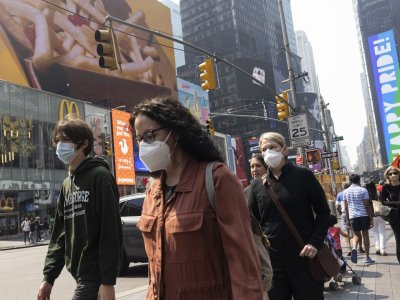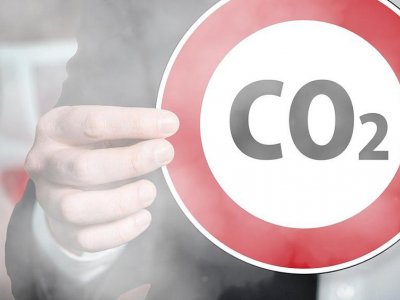A recent analysis by the International Energy Agency (IEA) concluded that annual carbon emissions declined by 5.8% in 2020 because of the COVID-19 global pandemic. From a historical perspective, a 5.8% reduction is huge—nothing like it has occurred in our lifetimes. But from a COVID-19 perspective, how can it be so small? During most of the year, we experienced a global economic and health crisis that led to more than 2.6 million deaths and crippled the aviation, transportation, and tourism sectors all over the world. What about the other 94.2%? While many of us stopped using public transportation, flying to meetings, or exploring the world’s beaches on our vacations, we still managed to consume a lot of energy and put a lot of carbon into the atmosphere. What does that tell us about our ability to reverse our fossil fuel addiction or draw down carbon from the atmosphere and avert the impacts of the oncoming climate crisis? It tells us two things.
First, we need to stop blaming individual consumer behaviors (only) and start changing the systems and structures that produce the most emissions. According to the IEA report, 50% of the emissions reductions came from the transportation sector. The transportation sector is about 23% of global emissions, about equal to the combined emissions from deforestation, wildfires, and urbanization. So, changing how we move about, including decisions we make about electric vehicles, for example, can contribute to reductions in carbon and is an important piece of the puzzle, but is not enough. Land use, industry, agriculture, and building efficiency also need to be considered.
Second, we need to walk and chew gum at the same time: while we combat our emissions (how much we release) we also need strategies to proactively (and quickly) remove carbon from the atmosphere. Such a combined approach is necessary to meet greenhouse gas reduction targets and reduce warming to only 1.5oC or 2.0oC. For example, advanced biofuels, when combined with carbon capture and storage technologies, have promise for achieving net negative carbon targets. Strategies for directly putting CO2 back into land or into building structures are also available and scalable. But these solutions require research, demonstration, and investment. In the absence of such policies and investments, we are on a path that reinforces worst-case scenarios of global mean temperature rises of 5°C by 2100.
A decrease of 5.8% in carbon emissions is astounding because it highlights the real-time fingerprint of humanity on the atmosphere and is palpable evidence of our direct impact. Yet, it is also a warning sign that we can’t solve the climate challenge by individual action alone; larger societal changes are needed.





